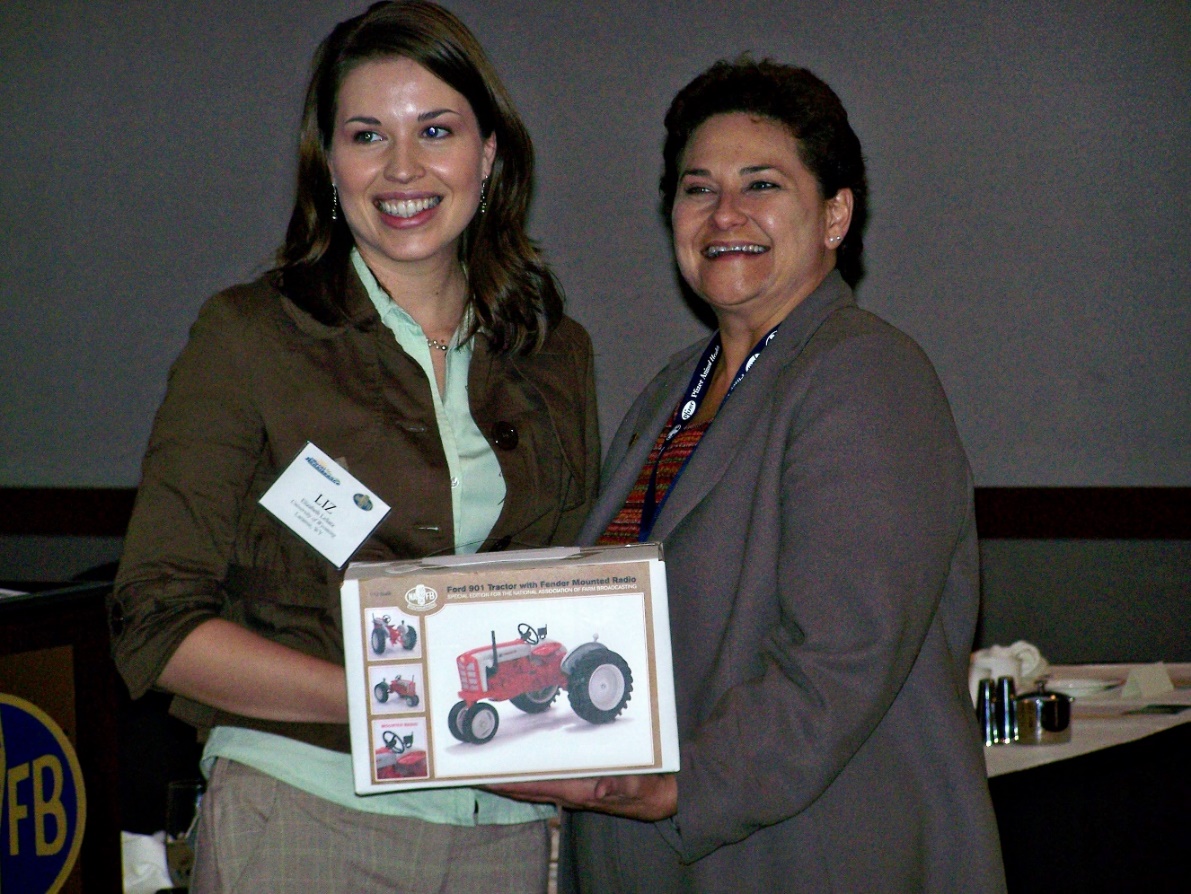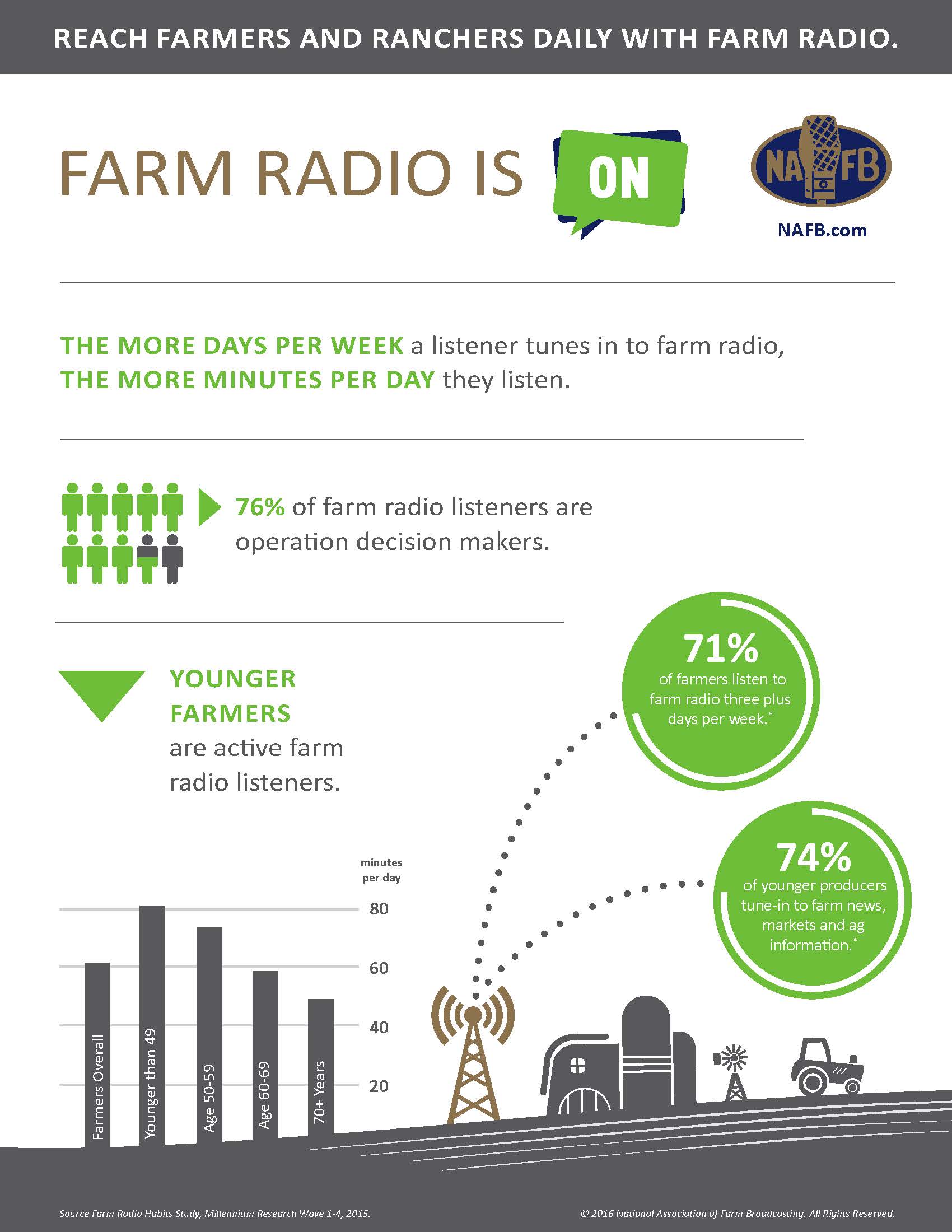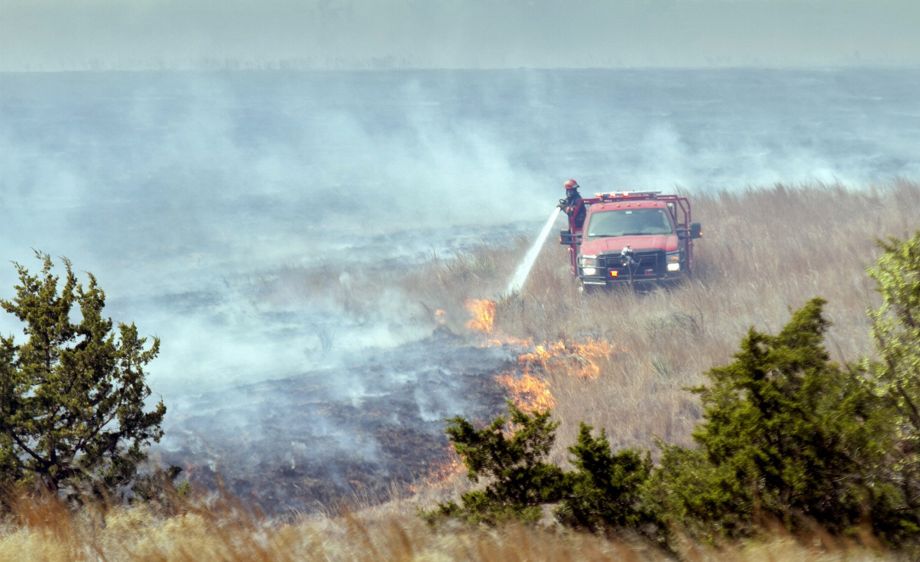The North American Agricultural Journalists presented Agri-Pulse with the Audrey Mackiewicz Special Award April 25 at the group’s annual banquet at the National Press Club. The award honors the association’s first woman president and long-time Executive Secretary-Treasurer and is given to publications who have expanded their coverage of agriculture.
Menu


- Home
- About
- Events
- Membership
- Foundation
- Directory of Speakers
- More
- Log In
 In 2007, Liz (LeSatz) Lauck was an Agriculture Communications major at the University of Wyoming working hard to get through college when she was honored with an NAFB Foundation Scholarship. “Not only was the money a huge blessing, but my experience at the NAFB convention was so wonderful. The farm broadcasters won me over!
In 2007, Liz (LeSatz) Lauck was an Agriculture Communications major at the University of Wyoming working hard to get through college when she was honored with an NAFB Foundation Scholarship. “Not only was the money a huge blessing, but my experience at the NAFB convention was so wonderful. The farm broadcasters won me over!
 Bryant Gill (Wisconsin Farm Report, Madison, WI) was born and raised in the Platteville/Belmont area in southwest Wisconsin. He grew up raising and showing purebred Berkshire hogs, and he was very active in 4-H speaking contests.
Bryant Gill (Wisconsin Farm Report, Madison, WI) was born and raised in the Platteville/Belmont area in southwest Wisconsin. He grew up raising and showing purebred Berkshire hogs, and he was very active in 4-H speaking contests.  “Firefighters grappling with the biggest wildfire in Kansas history got a welcome Easter assist from pre-dawn snow that blanketed the hardest-hit area,” reports Kelly Lenz (Kansas Agriculture Network/WIBW-AM, Topeka, KS). The National Weather Service says about half an inch of precipitation in rain and snow fell early Sunday (March 27) southwest of Wichita in Barber County.
“Firefighters grappling with the biggest wildfire in Kansas history got a welcome Easter assist from pre-dawn snow that blanketed the hardest-hit area,” reports Kelly Lenz (Kansas Agriculture Network/WIBW-AM, Topeka, KS). The National Weather Service says about half an inch of precipitation in rain and snow fell early Sunday (March 27) southwest of Wichita in Barber County.